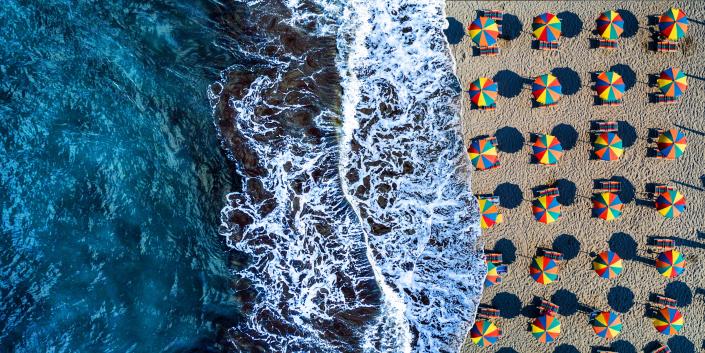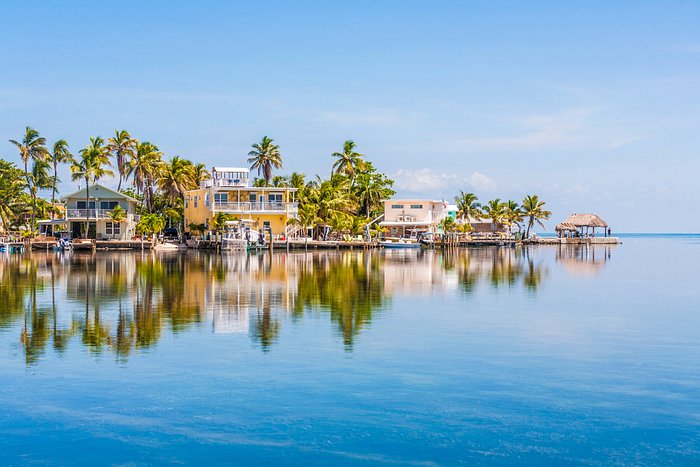The state has already begun a exodus due to climate change and global warming
As many residents will be proud to tell you, the thousand-odd islands that make up the Florida Keys are one of a kind: there is no other place in the world that boasts the same combination of geological, ecological, and sociological characteristics. The islands have a special, addictive quality about it, an air of freedom that leads people to turn their backs on mainland life.

The Keys are also the first flock of canaries in the coal mine of climate change. Over the past few years, the residents of these islands have been forced to confront a phenomenon that will affect millions of Americans before the end of the century. Their present calamity offers a glimpse of our national future.
Nature is changing. Today’s hurricanes tend to be stronger, wetter, and less predictable than those of the last century. They hold more moisture, speed up more quickly, and stay together longer. It’s difficult to tell for certain what role climate change plays in any individual storm, but in the case of Hurricane Irma — which slammed the Keys in September 2017 — there is little doubt that the warmth of the Caribbean Sea made the storm more powerful, allowing the vortex to regain strength overnight as it barreled toward the islands. As global warming continues to ratchet up the temperature of our oceans, we can expect more storms like Irma. The danger to the Keys doesn’t end with hurricane season, either: a slow but definite rise in average sea levels over the past decade has contributed to an increase in tidal flooding, leaving some roads and neighborhoods inundated with salt water for months at a time.


